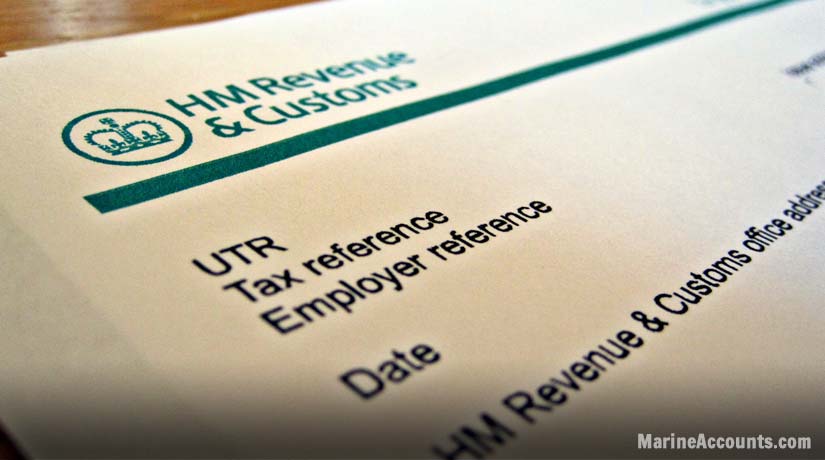COVID-19 & My SED Claim - How Many Days Can I Spend At Home?
- Authors
-
-

- Name
- Patrick Maflin
-

Image credit: https://pixabay.com/photos/calendar-date-time-month-week-660670/
With the Coronavirus having wreaked havoc with the usual operations of world travel over the last 12 months, many UK seafarers find themselves in the unusual position of having spent significant time at home this year.
With concern now surfacing as to how this might affect qualifying periods for the SED, we’ve addressed the issue below.
Read on to find out more or click a link below to jump chapter.
Chapters
- What is the Seafarer’s Earnings Deduction (SED)?
- To Qualify You Must...
- How Many Days Can I Spend At Home?
- It’s Worth Noting That...
- What If I've Spent Too Long At Home Last Year?
- Contact Us
What is the Seafarer’s Earnings Deduction (SED)?
The Seafarers Earnings Deduction is a tax relief that exempts Seafarers from paying income tax on overseas vessel-based earnings.
If you fit within with stipulated criteria, you can claim 100% tax relief on your pay.
To Qualify You Must...
- Be a resident within the UK for tax purposes
- Spend more than 183 days outside of the UK in your 365-day qualifying period (This starts on the first day you begin working onboard a qualifying vessel)
- Work on a qualifying ship
- Begin or end each voyage in a foreign port
How Many Days Can I Spend At Home?
In a nutshell, you must spend more than half of your time out of the UK to be able to qualify.
A qualifying day is any day where you are outside of the UK at midnight.
If, any point, you stay within the UK for longer than a period of 183 consecutive days or break the half day rule, you will automatically lose your entitlement, and will have to start a new claim period.
It’s Worth Noting That...
The "half day rule" is applied on each return to the UK.
It's calculated by firstly taking into account all days since the start of the claim period.
In other words, when you first left the UK to begin work overseas, and then this figure is divided by 2 (A).
The total amount of days spent in the UK over the qualifying period are then added together (B).
If A exceeds B, then you will qualify for SED.
As long as you have spent less than half your time in the UK since you first made a claim for the SED; and you have not at any point spent 183 consecutive days in the UK; you will continue to qualify.

Image credit: https://commons.wikimedia.org/wiki/File:HMRC_Self_Assessment_tax_return.jpg
What If I've Spent Too Long At Home Last Year?
If at any point, you break the above rules, you will have to start a new qualifying period (from the day you next leave the UK) and will lose any of the days outside of the UK you have accrued.
We appreciate that due to the global pandemic, a lot of seafarers will be in a position where they will have been in the UK for longer than initially expected.
Having discussed the situation with HMRC, we can confirm that no official announcement has been made with regard to leniency offered due to extenuating circumstances.
As it stands, rules will be applied as the have been for the last 20 years.
If you’re unsure how the above information may affect you personally, we're here to help.
Contact us for a free consultation on how to manage your SED claim moving forward.
Contact Us
If you have concerns about the number of days you've spent at home and your entitlement to claim SED, we would like to hear from you.
Get in touch with us today or let us know your thoughts in the comments section below.
Any advice in this publication is not intended or written by Marine Accounts to be used by a client or entity for the purpose of (i) avoiding penalties that may be imposed on any taxpayer or (ii) promoting, marketing or recommending to another party matters herein.


